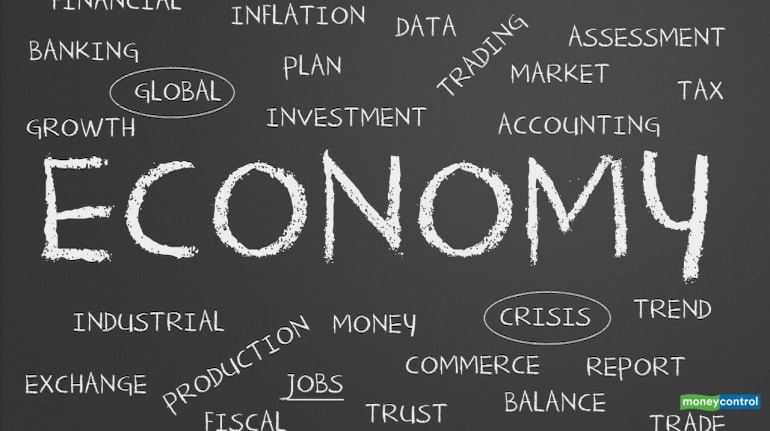Making long-term economic forecasts will not cease, but could nowcasting real time macroeconomic aggregates be the new norm?
Sushant Hede
COVID-19 has not only had far-reaching impact on livelihoods and overall macroeconomy but has also crippled the foundation of economic forecasting of key macroeconomic aggregates. The favourite ‘GDP’ has already seen two-to-three revisions in a span of a quarter and the lingering uncertainties have added the caveat of ‘downward bias’ to these estimates.
The Reserve Bank of India (RBI) has so far abstained from giving an estimate of GDP and inflation for the current fiscal while the International Monetary Fund (IMF) has provided estimates for only two years as against their general practice of a five-year forecast. Forecasting macroeconomic indicators amidst the pandemic has been onerous, and has been partially replaced by ‘nowcasting’ techniques, which in simple terms means making predictions in a very short horizon.
To illustrate India’s case, analysts and economists have been closely monitoring data from mobility reports, electricity consumption, vehicle registrations, e-way bills, etc. to understand the health and recovery of the economy. This is not a novel methodology, and has been adopted by a number of countries, including India, which already has a reasonably long history of nowcasting GDP. The pandemic has simply bought nowcasting techniques back into the forefront of analysis.
However, the important question is whether this will become a new norm in the post-COVID-19 world?
Researchers at the RBI came up with a research paper in February which elucidated a methodology for making GDP nowcasts for the Indian economy by using various high frequency indicators. The broad objective is to identify the signs of expansions and contractions in the economy to facilitate appropriate policy action. Real-time assessment of the economy has become even more essential in the prevailing uncertainty for policy responses. Thus, there has been a shift from monthly tracking of high-frequency indicators to daily/weekly tracking amidst the pandemic.
The ever-changing economic times has led to deeper thinking in nowcasting models using real time data. In the United States, economists at the Brown and Harvard University have gone a step forward and have prepared a real-time economic tracker (the ‘OI Economic Tracker’) which presents the latest economic trends from private payroll processors, financial service firms, and e-commerce financial outlets. This allows policymakers to understand the state of the economy in real time, and the desired effects of policy implementation.
However, the nowcasting model has its own set of challenges, as pointed out by economist Niranjan Rajadhyaksha in a recent newspaper column. Along with privacy concerns, the challenges include the efficacy of micro data points reflecting changes in standard macroeconomic aggregates, trickiness in building an indicator from different frequencies of data, and likely short-term idiosyncrasy in individual indicators as against a general trend. He adds that response to a shock such as COVID-19 requires robust analytical frameworks.
Strong analytical frameworks for long-term economic forecast are inevitable as policymakers and the business communities come to know about the feasibility of its plans based on these underlying economic projections. However, the uncertainty from exogenous factors, such as the fury of nature on any economy, cannot be ignored, and thus adding ‘external and uncertain components’ in long-term forecast will be a challenge going ahead. This entails the importance of nowcasting of economic aggregates using real-time data for effective policy responses, and could be the new norm along with strong forecasting analytical frameworks.
At present, India has few private institutions such as the CMIE providing daily information on employment and government sources providing data on other high frequency indicators. An uncertain future highlights the need for more investment in databases which will provide real time ‘big-data’ to assess the state of the economy, and facilitate effective policy-making.
Sushant Hede is Associate Economist, CARE Ratings. Views are personal.








